Type 3c Curly Hair Men: A Comprehensive Guide to Understanding and Managing This Distinctive Texture

The realm of hair care is increasingly recognizing the unique needs of diverse hair textures, and among them, the 3c curl pattern stands out for its distinct characteristics and specific requirements. For male individuals, understanding and properly managing this particular hair type is crucial for maintaining its health, enhancing its natural beauty, and embracing its inherent versatility. This article delves into the intricacies of 3c curly hair in men, providing a detailed exposition on its defining features, the challenges it presents, and the benefits derived from a tailored care regimen.
Understanding the 3c Curl Pattern in Male Individuals
The hair typing system, developed by Andre Walker, categorizes hair into types 1 (straight), 2 (wavy), 3 (curly), and 4 (coily), with sub-classifications (a, b, c) indicating the tightness of the curl or coil. Type 3c hair is characterized by tight, dense, springy corkscrew curls that are typically the size of a pencil or a crayon. These curls are well-defined, possessing a distinct S-shape, and often exhibit significant volume.
For gentlemen exhibiting this hair type, the visual impact is often one of lushness and texture. The curls are closely packed, contributing to a full appearance, even when the hair is cut relatively short. A key characteristic is the pronounced shrinkage, where the hair appears much shorter when dry than its actual length when wet or stretched. This phenomenon is a natural attribute of the curl pattern and not an indicator of damage. The density of these curls can vary, but they are generally quite abundant, which contributes to the hair’s natural body and bounce.
The structure of these tightly coiled strands often means they are more susceptible to dryness. The natural oils produced by the scalp, known as sebum, find it challenging to travel down the intricate twists and turns of the curl pattern, leaving the ends particularly vulnerable to dehydration. This inherent dryness, combined with the delicate nature of the curl’s structure, makes individuals with this curl pattern prone to frizz, tangles, and breakage if not handled with appropriate care. Recognizing these fundamental characteristics is the first step toward developing an effective management strategy for this distinctive hair type.
The Importance and Benefits of Embracing 3c Curls
Embracing one’s natural hair texture, particularly for male individuals with 3c curls, extends beyond mere aesthetics; it is a statement of self-acceptance and a celebration of individuality. Historically, societal norms often favored straighter, more subdued hair types, leading some to chemically alter or aggressively straighten their natural curls. However, a growing appreciation for diverse textures has highlighted the unique beauty and versatility of 3c curls.
One of the most significant benefits of this hair type is its natural volume and body. Unlike straighter hair that often requires extensive styling to achieve lift, these curls inherently possess a vibrant, full appearance. This Styles Hair Salon Near Me A Comprehensive Guide To Local Hairdressing Excellence natural volume contributes to a dynamic and striking look that can be effortlessly stylish. Furthermore, the distinct definition of the corkscrew curls offers a unique texture that sets individuals apart. Each curl acts as a miniature spring, creating a visually interesting and tactilely appealing texture.
The versatility in styling options is another compelling advantage. While shrinkage is a factor, the hair can be styled in various ways, from short, defined cuts that highlight the curl pattern to longer styles that allow for greater movement and expression. Products designed for curl enhancement can further define the natural shape, while techniques like diffusing can amplify volume. For those with such tightly coiled hair, the ability to transition between different looks—from a neat, professional appearance to a more free-flowing, casual style—is a testament to the adaptability of their texture.
Beyond the aesthetic, properly cared-for 3c curls are healthier. When nourished and protected, these strands are less prone to damage, retaining their strength and elasticity. This commitment to natural hair care fosters a deeper understanding of one’s own hair and promotes practices that support its long-term health. Ultimately, for gentlemen exhibiting this hair type, embracing and maintaining their natural texture cultivates confidence and allows for an authentic expression of personal style.
Challenges and Considerations for Male Individuals with 3c Curls
While the benefits are numerous, managing 3c curls in men does present specific challenges that require informed solutions. The inherent dryness, as previously noted, is a primary concern. Without adequate moisture, the curls can become brittle, leading to frizz, a lack of definition, and increased susceptibility to breakage. This necessitates a consistent and robust moisturizing routine.
Another common issue is tangling. The tight, interlocking nature of the corkscrew curls means that strands can easily intertwine, forming knots. Detangling dry 3c hair can be a painful and damaging process, often resulting in significant hair loss. Therefore, the method and timing of detangling are critical for those with this specific curl type.
Shrinkage, while a natural characteristic, can also be a challenge for individuals seeking to showcase length. Hair that appears to be only a few inches long when dry might actually be much longer when stretched. This can sometimes lead to frustration for those attempting to grow out their hair, as the visible length may not reflect the actual growth. Understanding and accepting shrinkage is key to managing expectations and appreciating the hair’s natural state.
Furthermore, the density of these curls can make product application challenging. Ensuring that products are evenly distributed from root to tip, especially in thicker sections, requires patience and a methodical approach. Inadequate distribution can lead to uneven results, with some areas appearing well-defined and moisturized, while others remain dry and frizzy.
Finally, navigating societal perceptions and finding suitable professional hair care can also be a hurdle. Not all barbers or stylists are equally adept at cutting and styling 3c curls, which require specialized techniques to maintain shape and prevent damage. Finding a professional who understands and appreciates this hair type is essential for optimal results. Addressing these challenges effectively requires a commitment to a tailored care regimen and an informed approach to hair maintenance.
Essential Care and Maintenance for 3c Curly Hair Men
A dedicated and consistent care routine is paramount for male individuals with 3c curls to thrive. The foundation of this routine lies in hydration, gentle handling, and protection.
Cleansing: The frequency of cleansing should be adjusted to the individual’s needs, but generally, less frequent shampooing is recommended to prevent stripping natural oils. When cleansing, a sulfate-free shampoo is advisable. Sulfates can be harsh, removing essential moisture and exacerbating dryness. Co-washing (conditioning washing) can be an excellent alternative or supplement, using a cleansing conditioner to refresh the hair without fully stripping it.
Conditioning: Deep conditioning is not a luxury but a necessity for those with such tightly coiled hair. A rich, moisturizing conditioner should be applied after shampooing, left on for an extended period (15-30 minutes), and ideally, with the aid of gentle heat (e.g., a warm towel or steamer) to enhance penetration. Leave-in conditioners are also crucial, applied after rinsing out the deep conditioner, to provide continuous moisture throughout the day.
Detangling: This process should always be performed on wet or damp hair, preferably saturated with conditioner, which provides slip and reduces friction. A wide-tooth comb or fingers are the preferred tools, starting from the ends and gradually working upwards to the roots. Ripping through tangles must be avoided, as this leads to breakage.
Moisturization and Sealing: After conditioning, applying a moisturizing cream or lotion is vital. The LOC (Liquid, Oil, Cream) or LCO (Liquid, Cream, Oil) method can be highly effective. The “liquid” is typically water or a leave-in conditioner, followed by an “oil” (e.g., jojoba, argan, or grapeseed oil) to seal in moisture, and then a “cream” to further moisturize and provide definition. This layering technique ensures maximum hydration retention for these curly-haired individuals.
Styling Products: Gels, mousses, and curl creams formulated for definition and hold are beneficial. These products help to clump the curls, reduce frizz, and maintain the curl pattern. Application should be done on wet hair to lock in moisture and definition.
Drying Techniques: Air drying is the gentlest method, allowing the curls to form naturally without disturbance. If faster drying is needed, a diffuser attachment on a hairdryer, used on a low heat and low speed setting, can help to dry the hair while preserving curl definition and minimizing frizz. Harsh towel drying should be avoided, as it can disrupt the curl pattern and create frizz; instead, gently blot the hair with a microfiber towel or an old cotton t-shirt.
Protection: Overnight protection is essential. Sleeping on a satin pillowcase or wearing a satin bonnet reduces friction, which can cause frizz and breakage, and helps to retain moisture. Minimizing manipulation throughout the day also helps to preserve the curl pattern and prevent damage.
Trimming: Regular trims, typically every 8-12 weeks, are important to remove split ends and maintain the shape and health of the curl pattern. A skilled stylist who understands 3c curls can ensure the cut complements the natural texture and growth pattern.
FAQs by type 3c curly hair men
- How frequently should individuals with such tightly coiled hair cleanse their scalp?
Cleansing frequency depends on scalp oiliness and product buildup. Generally, shampooing once a week or every two weeks with a sulfate-free product is sufficient. Co-washing can be performed more frequently, every 2-3 days, to refresh the curls without stripping natural oils. - What are the most effective methods for detangling these dense curls?
Detangling should always occur on wet hair, saturated with a generous amount of conditioner or a detangling spray. Utilize fingers or a wide-tooth comb, starting from the ends of the hair and gently working upwards towards the roots. Patience is crucial to avoid breakage. - Is it necessary for gentlemen with this curl pattern to use heat styling tools?
Heat styling is generally not recommended for this hair type due to its susceptibility to dryness and heat damage. Air drying or using a diffuser on a low-heat setting are preferred methods to maintain curl health and definition. If heat is unavoidable, a heat protectant must be applied. - How can frizz be effectively managed in this hair type?
Frizz management relies on consistent hydration, proper product application, and gentle handling. Use leave-in conditioners, moisturizing creams, and curl-defining gels on wet hair. Avoid touching the hair excessively once it is dry, and protect it overnight with a satin pillowcase or bonnet. - What are the best products for defining the curls of these individuals?
Products that offer moisture and hold are ideal. Look for curl creams, gels, and mousses specifically formulated for curly hair. Ingredients like shea butter, argan oil, jojoba oil, and humectants like glycerin can enhance definition and hydration. - How does shrinkage affect the appearance of length for those with 3c curls?
Shrinkage causes the hair to appear significantly shorter when dry compared to its actual length when wet or stretched. This is a natural characteristic of the curl pattern. While it can be managed with specific styling techniques (e.g., banding or tension drying), it is generally best to embrace it as part of the hair’s unique charm.
Tips by type 3c curly hair men
- Prioritize hydration through consistent use of leave-in conditioners and moisturizing creams to combat the inherent dryness of the curl pattern.
- Detangle hair gently when wet, utilizing a wide-tooth comb or fingers, starting from the ends and meticulously working upwards to prevent breakage and minimize discomfort.
- Protect curls overnight with a satin pillowcase or bonnet to reduce friction, maintain moisture levels, and preserve curl definition.
- Opt for sulfate-free cleansing agents to prevent stripping natural oils from the scalp and strands, thereby maintaining the hair’s natural moisture balance.
- Embrace air drying or use a diffuser on a low-heat setting to preserve curl definition and minimize frizz, avoiding harsh heat that can cause damage.
- Schedule regular trims to remove split ends and maintain the health and shape of the curl pattern, ensuring the hair looks its best.
- Experiment with various curl-defining products to discover what works best for individual hair density and curl type, focusing on those that provide both moisture and hold.
- Avoid over-manipulation of dry hair, as this can lead to frizz and disrupt the natural curl pattern.
- Consider incorporating a pre-poo treatment (oil or conditioner applied before shampoo) to add an extra layer of moisture and protection during the cleansing process.
- Educate oneself on the specific needs of this hair type to make informed decisions regarding products and styling techniques.
Conclusion by type 3c curly hair men
The journey of understanding and caring for 3c curly hair in men is one that yields significant rewards. This distinctive texture, characterized by its tight, springy corkscrew curls, offers unparalleled volume, unique definition, and a striking aesthetic appeal. While challenges such as dryness, tangling, and shrinkage are inherent to this hair type, they are entirely manageable with a dedicated and informed care regimen.
By prioritizing hydration, employing gentle detangling methods, utilizing appropriate styling products, and protecting the hair from environmental stressors and friction, individuals with this curl pattern can unlock the full potential of their natural texture. Embracing these curls is not merely about hair maintenance; it is about celebrating a unique aspect of one’s identity and cultivating confidence through self-care. The commitment to nurturing these beautiful, tightly coiled strands ultimately results in healthy, vibrant, and effortlessly stylish hair that stands as a testament to individuality and proper hair stewardship.
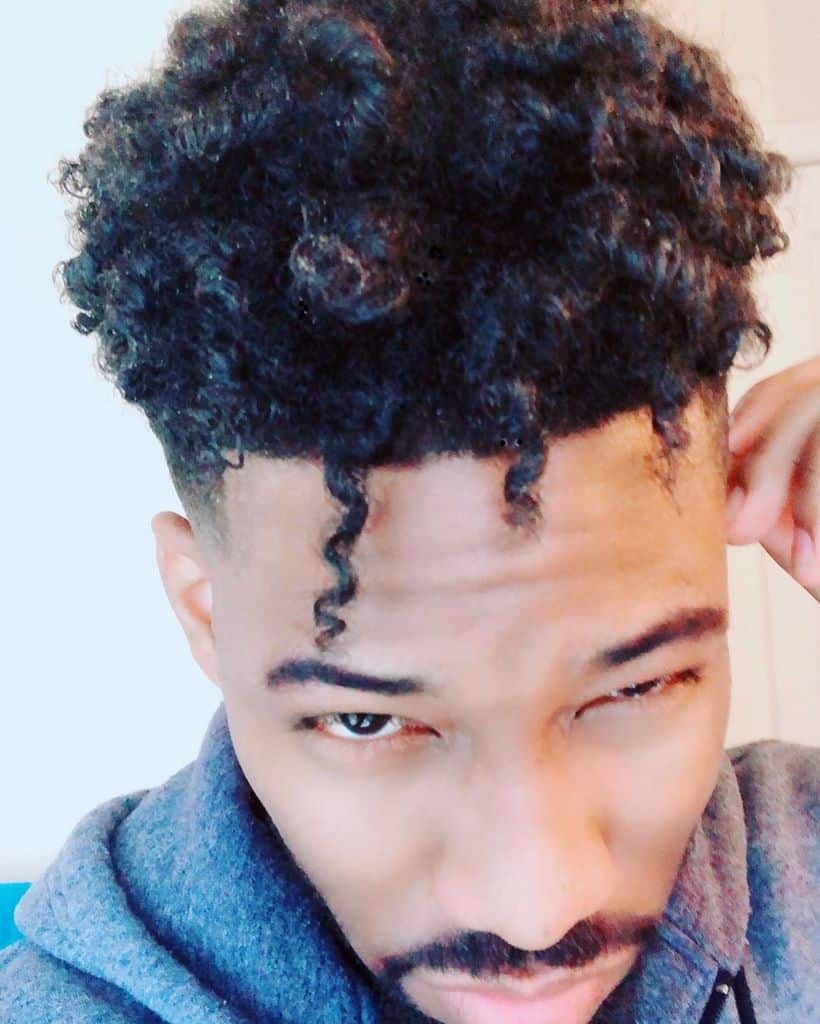
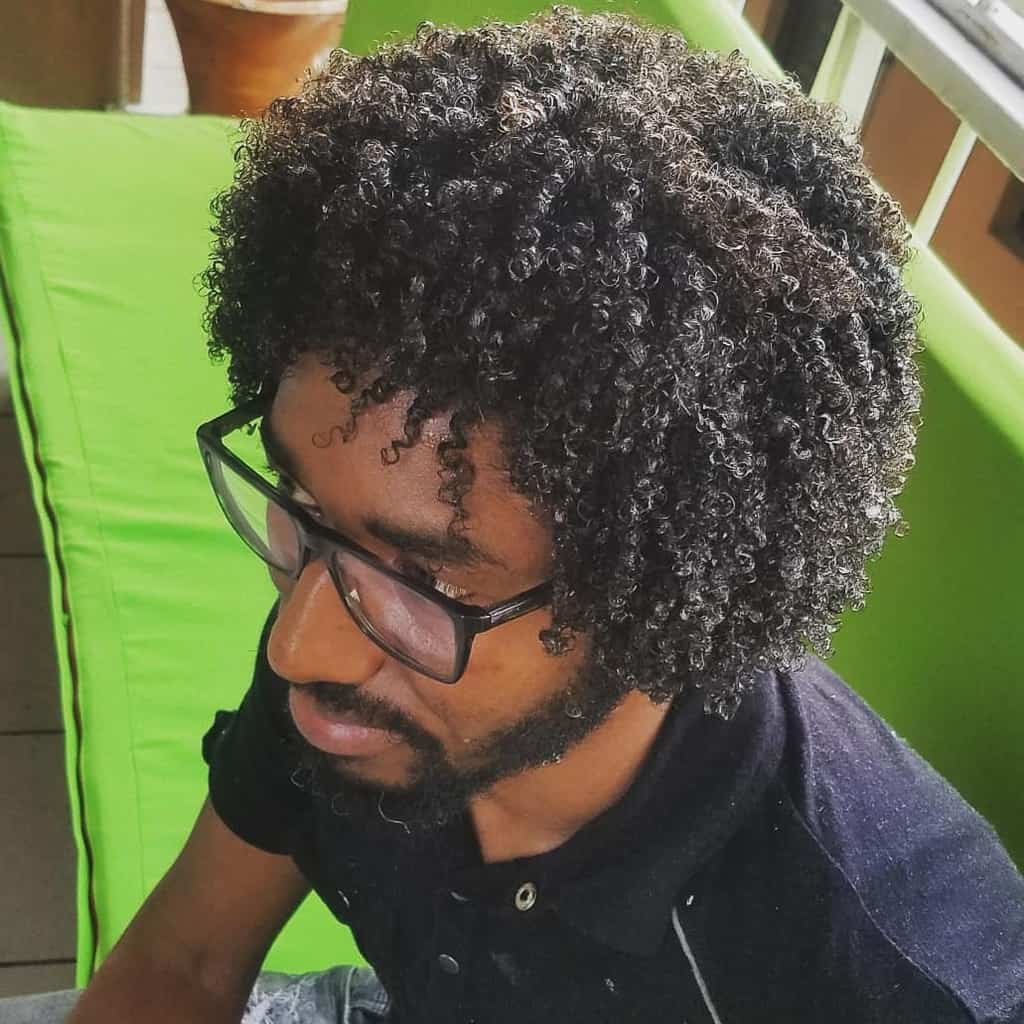
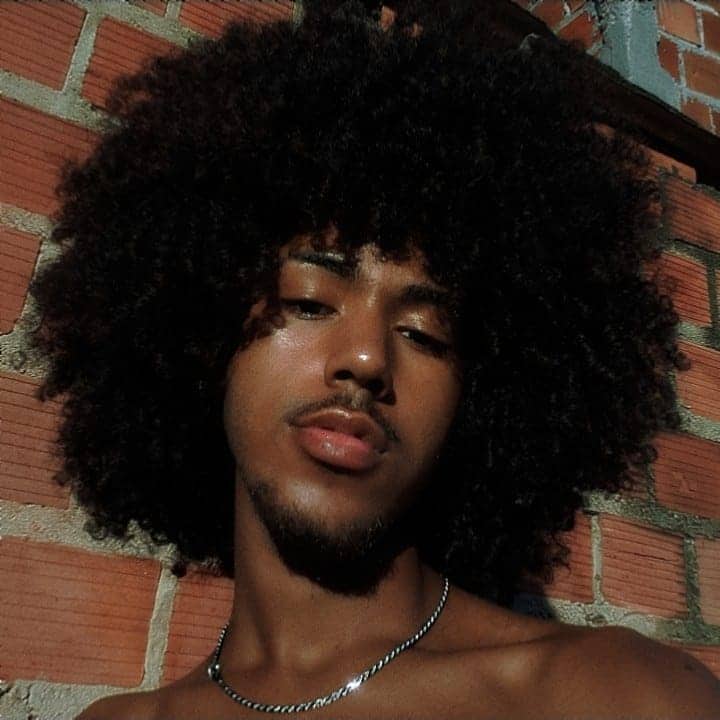
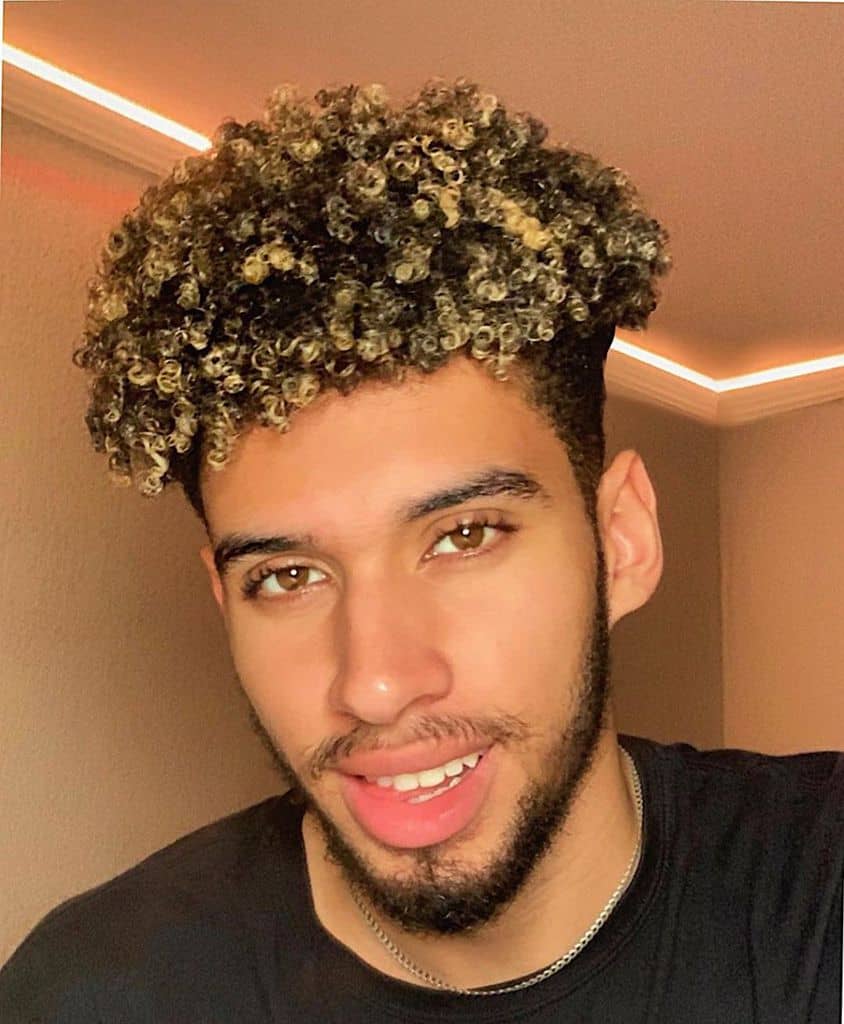
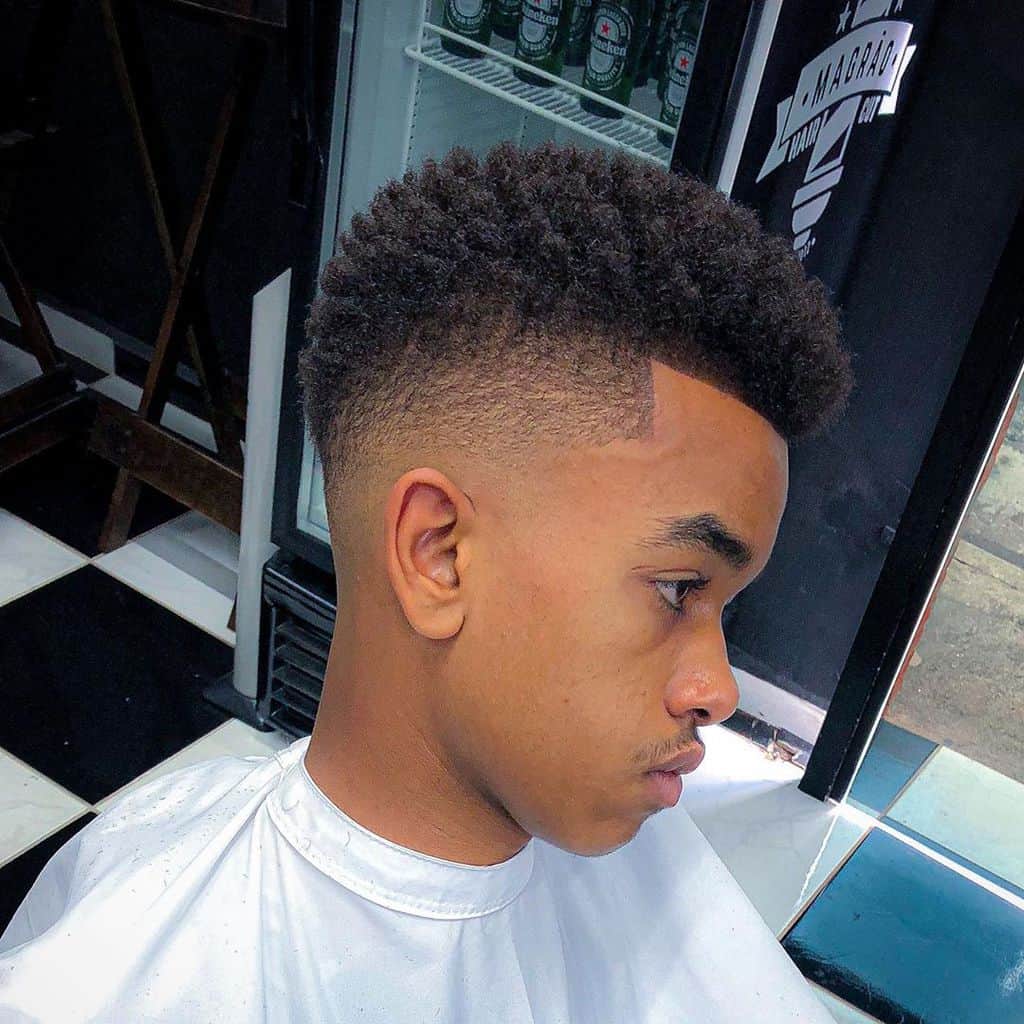

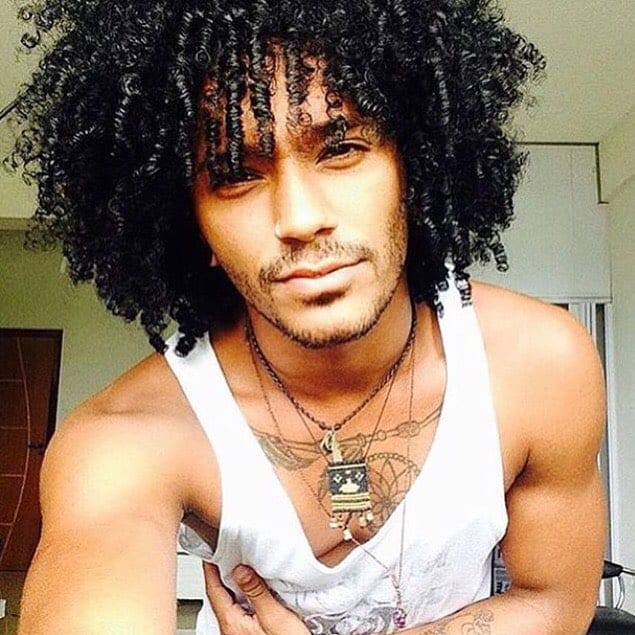
More suggestion: Best Hair Stylist Websites The Indispensable Digital Foundation For Modern Hair Professionals